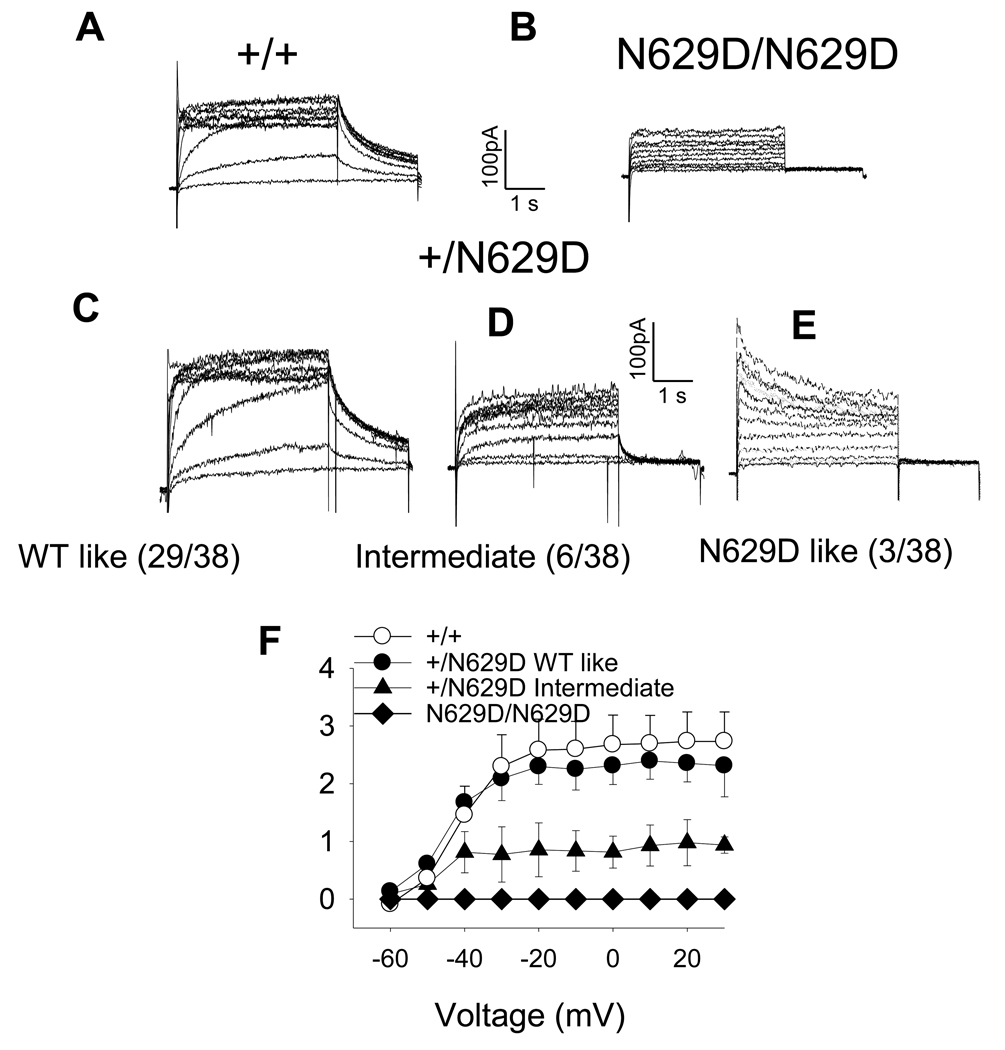Figure 2. Representative IKr Records in +/+ versus homozygous and heterozygous N629D myocytes.
Panel A shows representative examples of IKr recorded in E9.5 myocytes from +/+, Panel B N629D/N629D myocytes and Panels C, D and E +/N629D myocytes. In N629D/N629D embryos, the myocytes manifest no IKr tail-current. Most +/N629D heterozygous myocytes manifest a wild type-like IKr whereas the minority of cells show an N629D “intermediate” and N629D/N629D like phenotype. The numbers in the brackets show the number of cells which showed the various phenotypes in the +/N629D embryos. The mean current-voltage relationships are shown in Panel F. Data are significant (P<0.001) comparing WT to N629D/N629D and comparing WT to +/N629D cells showing an intermediate phenotype. The +/N629D cells with a wild type-like phenotype are not different compared to +/+. The mean tail-current data for heterozygotes, manifesting an N629D-like phenotype are not show in Panel F, because they overlap with the N629D/N629D cells.

